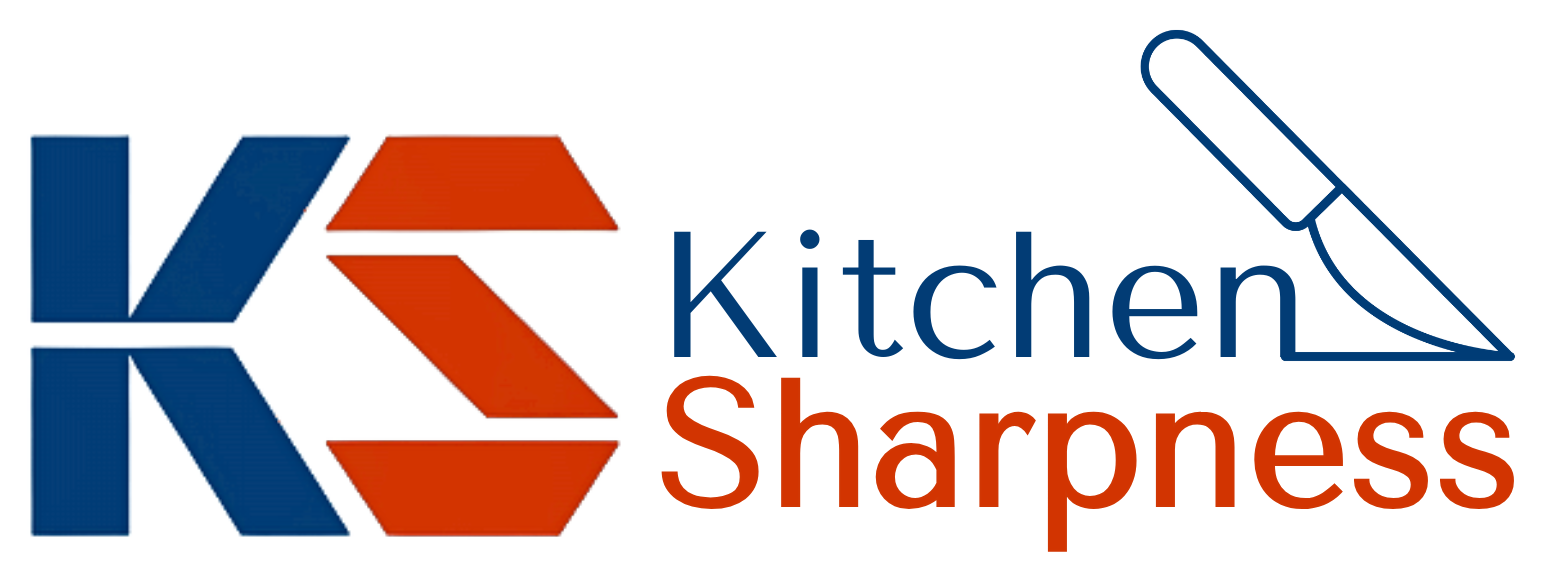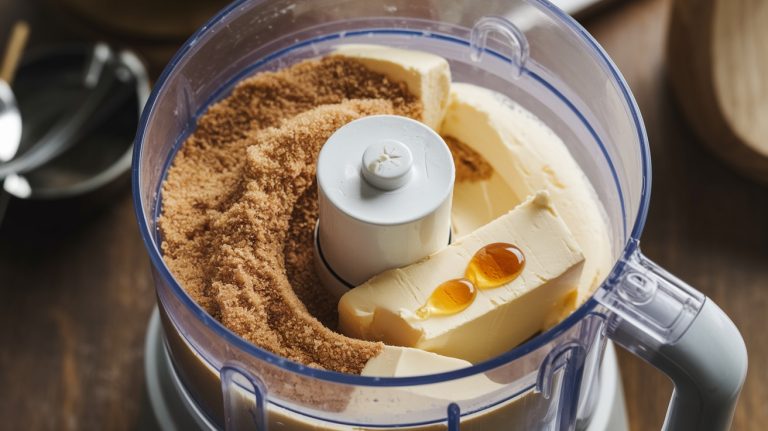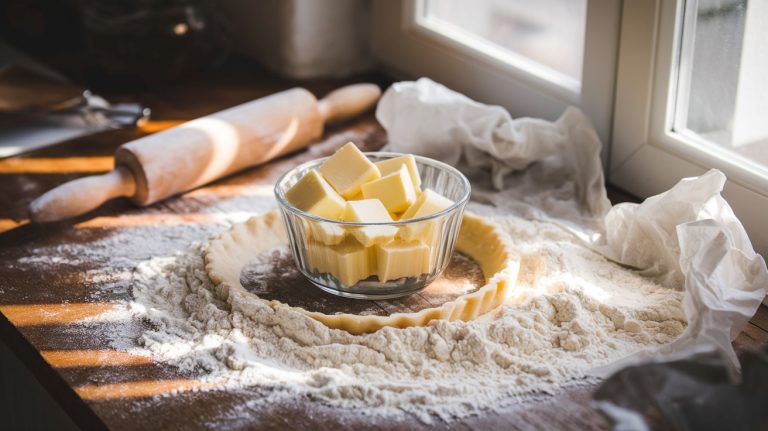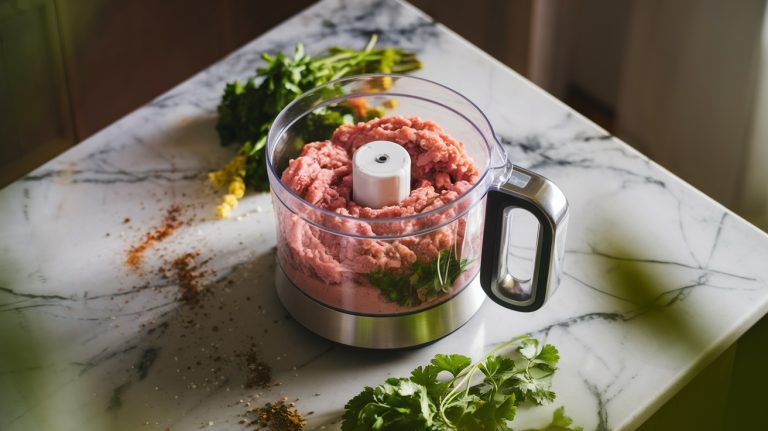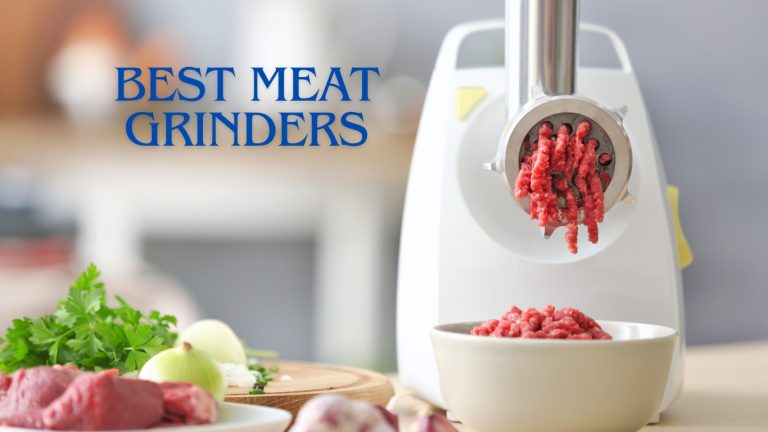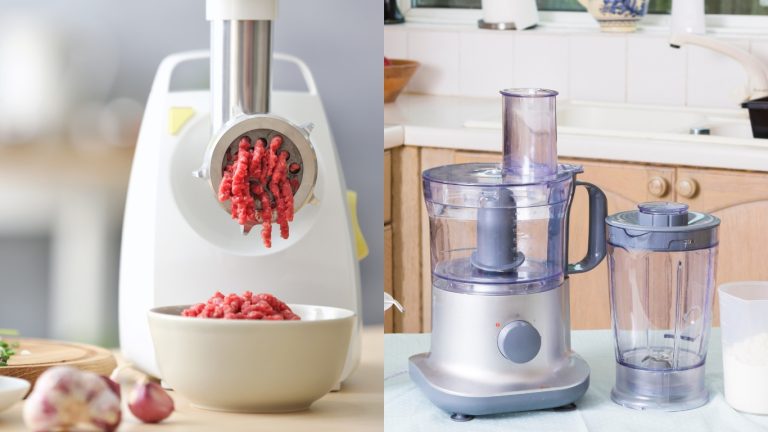Baratza Encore vs Fellow Ode: Specs, Performance and Value
When choosing between the Baratza Encore and Fellow Ode, you’re weighing versatility against precision. The Encore, priced at $150-$170, offers a wide 250-1200 micron grind range with 40mm conical burrs, ideal for budget brewers wanting flexibility across methods.
The Ode, at $345, excels with 64mm flat burrs for superior pour-over clarity and a premium aluminum build. Both grinders cater to distinct needs. Stick around to uncover deeper insights into their unique strengths.
Key Takeaways
- Baratza Encore is ideal for budget home brewers at $150-$170, offering versatility across brewing methods.
- Fellow Ode targets filter coffee enthusiasts with premium 64mm flat burrs at $345.
- Encore provides a wider grind range (250-1200 microns) compared to Ode’s finer focus (200 microns).
- Ode features a sleek aluminum body and quieter operation, unlike Encore’s functional plastic design.
- Encore suits batch grinding, while Ode excels in precise single dosing for workflow efficiency.
Overview of Baratza Encore and Fellow Ode
When diving into the world of home coffee grinding, you’ll quickly encounter two standout options: the Baratza Encore and the Fellow Ode (Gen 2).
Exploring home coffee grinding? Meet two top contenders: the Baratza Encore and the Fellow Ode (Gen 2), each offering unique brewing excellence.
The Encore stands as a reliable, entry-level burr grinder, ideal for beginners to intermediate users with its durable build and Baratza’s renowned support.
Its functional design, featuring a larger 8 oz hopper and simple controls, suits versatile brewing needs.
In contrast, the Fellow Ode (Gen 2) targets premium users who value aesthetics and single-dosing.
You’ll notice its sleek aluminum body, compact footprint, and advanced features like quiet operation, anti-static tech, and a magnetic catch cup.
Though pricier, it’s tailored for a refined, modern coffee experience with its 64mm flat burrs and minimalist design.
Both grinders cater to filter coffee enthusiasts, but the Fellow Ode offers unmatched taste clarity for those prioritizing flavor precision.
Grind Performance and Range Comparison
As you compare the Baratza Encore and Fellow Ode, their grind performance and range reveal distinct strengths tailored to different brewing needs.
You’ll notice the Encore offers a wider grind range (250-1200 microns), making it versatile for French press to near-espresso settings, though it’s not ideal for espresso without the ESP model’s finer adjustments.
Conversely, the Ode Gen 1 focuses on brew methods like pour-over, while Gen 2 extends finer (down to ~200 microns) for AeroPress and Moka pot, still skipping espresso. Additionally, the Ode Gen 2 features 64mm flat burrs, which contribute to its enhanced grind consistency for manual brewing methods.
Analyzing burrs, Encore’s 40mm conical burrs guarantee reliable versatility, whereas Ode’s 64mm flat burrs, especially Gen 2, deliver superior consistency and fewer fines, yielding clearer, sweeter cups for pour-over enthusiasts.
Similar to grinding plates used in meat processing for texture customization, the burr designs here ensure precise control over particle size.
Build Quality and Design Differences
As you compare the Baratza Encore and Fellow Ode on build quality and design, notice how their materials and durability differ, with the Encore’s sturdy ABS plastic body contrasting the Ode’s premium aluminum construction, though both promise longevity.
Similar to how stand mixers feature sturdy design for heavy use, the Encore’s build ensures reliability in daily grinding tasks.
You’ll also see a stark contrast in aesthetic and profile, where the Encore sports a utilitarian, compact look, while the Ode offers a sleek, modern design that stands out on any countertop.
Additionally, consider their hopper and capacity approaches, as the Encore’s larger, traditional hopper suits batch grinding, whereas the Ode’s smaller load bin caters to precise single dosing.
Lastly, take note of the Ode’s compact horizontal motor layout, which enhances its countertop fit, while the Encore maintains a more traditional vertical design for ease of use horizontal motor layout.
Material and Durability
Diving into the build quality of the Baratza Encore and Fellow Ode, you’ll notice distinct differences in their materials and durability features that impact long-term performance.
The Encore uses ABS plastic for its body, paired with 40mm conical hardened alloy steel burrs, ensuring sharpness over time.
Its high-torque DC motor includes a thermal overload cutout for protection, and the direct drive gearbox enhances reliability.
In contrast, the Fellow Ode boasts a sturdy aluminum body, weighing 4.5-4.6 kg for added stability, with 64mm flat stainless steel burrs. The stainless steel burrs in the Fellow Ode provide corrosion resistance, making them ideal for long-term use.
Its smart PID motor maintains consistent speed, and features like anti-static technology reduce mess.
Additionally, the Encore’s construction weighs 3.1 kg, offering a lighter yet durable ABS build.
While the Encore offers easy repairability, the Ode’s heavier build minimizes vibration for enduring operation.
Aesthetic and Profile
Moving to the aesthetic and profile of the Baratza Encore and Fellow Ode, you’ll quickly spot stark contrasts in their design philosophies and visual appeal.
The Ode boasts a modern, minimalist look with a compact, angular form, while the Encore offers a taller, functional design with clean, business-like lines. If you’re considering purchasing the Encore, note that it is available for $149.95 on the Espresso Elevado website.
Consider these key differences:
- Style: Ode’s sleek, geometric vibe contrasts Encore’s sturdy, blender-like appearance.
- Dimensions: Ode’s lower profile (9.41″x4.13″x9.78″) versus Encore’s taller build (5″x13″-14″x6″).
- Finish: Ode mixes aluminum and plastic in Matte Black/White; Encore’s plastic body comes in Black/White with customizable accent kits.
- Interface: Ode’s front dial and magnetic catch versus Encore’s hopper rotation and pulse button.
- Build: Ode feels premium; Encore’s thick plastic guarantees durability.
Hopper and Capacity
When you compare the hopper design and capacity of the Baratza Encore and Fellow Ode, distinct philosophies emerge in how each grinder handles bean storage and dosing.
The Encore’s traditional hopper holds 8 oz (227g), expandable to 17 oz with an extension, favoring bulk storage.
You can use it for single dosing with third-party hoppers (40-55g), though it’s not its primary design. For instance, aftermarket solutions like single-dose hoppers can replace the stock hopper, offering a low-profile design with 40g capacity for more precise dosing.
Conversely, the Ode prioritizes single dosing with a shallow hopper—80g in Gen 1, 100g in Gen 2—with an improved feed angle.
Its grounds catch matches hopper capacity, ensuring precision.
While the Encore’s plastic bin (5 oz) may cause static mess, the Ode’s magnetic catch and anti-static tech minimize retention, streamlining your workflow.
User Experience and Key Features
How do the Baratza Encore and Fellow Ode compare when it comes to user experience and key features?
You’ll notice distinct differences in design and operation as you explore these grinders.
The Encore offers simplicity with its intuitive hopper adjustment and durable build, while the Ode impresses with premium aesthetics and workflow-focused features.
The Encore prioritizes simplicity with easy adjustments and sturdy design, while the Ode stands out with elegant looks and streamlined functionality.
Here’s a quick breakdown of key aspects:
- Grind Adjustment: Encore’s 40 settings cover a broad range; Ode’s 31 settings prioritize brew methods.
- Burrs: Encore’s 40mm conical burrs guarantee consistency; Ode’s 64mm flat burrs excel in pour-over clarity.
- Design: Encore is utilitarian; Ode boasts a sleek aluminum body.
- Operation: Encore’s basic controls contrast Ode’s auto-stop and quieter motor.
- Maintenance: Both are user-friendly, but Ode emphasizes single dosing.
Target Audience and Value Assessment
Let’s shift focus to who the Baratza Encore and Fellow Ode are built for and how their value stacks up.
If you’re a home brewer on a budget, the Encore, priced at $150-$170, suits you with its durability and consistent grinds for filter methods like pour-over or French press.
It’s ideal if you’re upgrading from manual or blade grinders and value longevity. Additionally, its versatility as an entry-level electric conical burr grinder makes it a great choice for beginners exploring various brewing methods.
On the other hand, if you’re a filter coffee perfectionist willing to spend $345 on the Ode Gen 2, you’ll get premium 64mm burrs, exceptional grind clarity, and quiet operation.
You likely prioritize design and features like single-dosing.
Final Thoughts on Choosing Between Them
As you weigh the decision between the Baratza Encore and Fellow Ode, it’s clear that each grinder caters to distinct needs and priorities.
Your choice hinges on brew style, workflow, and budget.
Consider these key factors to guide you:
- Brew Focus: Ode excels in pour-over with superior flavor clarity; Encore shines for French press.
- Design: Ode offers premium build and quieter operation; Encore is functional but louder.
- Workflow: Ode suits single dosing; Encore handles batch grinding better.
- Grind Range: Ode Gen 2 has a wider range for filter methods; Encore is more versatile for coarse grinds.
- Espresso: Neither suits espresso—look to Encore ESP or Fellow Opus.
Investing in a quality grinder upfront can save you from the frustration and cost of upgrading later due to subpar results quality grinder upfront.
Frequently Asked Questions
How Do Their Warranties Compare?
When comparing warranties, you’ve gotta dig into the details.
Look at duration first—some offer just a year, while others extend to two or even three with registration.
Check coverage for defects in materials and workmanship, and note geographic limits.
Don’t overlook exclusions like misuse or normal wear.
Finally, assess claim processes; you’ll need proof of purchase and might face shipping costs depending on your location.
Are Replacement Parts Easily Available?
Imagine hunting for replacement parts like searching for treasure in a well-mapped cave—exciting and rewarding!
You’ll find that securing spare components for coffee grinders often depends on the brand’s support and philosophy.
Check official websites for direct purchases, but don’t overlook third-party retailers.
Analyze parts longevity and compatibility before buying.
You’re likely to notice varying availability, with some brands offering extensive repair resources while others focus on common replacements.
Which Grinder Is More Eco-Friendly?
When considering which grinder is more eco-friendly, you’ll want to evaluate key factors like materials, energy use, and packaging.
Look for sustainable or recycled components, and check if the design supports repair over replacement.
Assess energy consumption—lower wattage and efficient grinding save power.
Don’t overlook packaging; opt for recyclable materials.
You’ve gotta prioritize a grinder that minimizes environmental impact through thoughtful design and responsible manufacturing practices.
Can Either Grinder Handle Flavored Beans?
Did you know that over 60% of coffee drinkers occasionally choose flavored beans for variety?
When considering if grinders can handle these beans, you’ve gotta be cautious.
The oily coatings often leave residue, gunking up burrs and risking flavor contamination for future grinds.
You’ll need thorough cleaning to avoid lingering artificial tastes.
For best results, consider a separate grinder for flavored beans to prevent cross-contamination and preserve taste purity.
How Do They Perform With Oily Beans?
When dealing with oily beans, you’ll notice they often clog grinders due to their tendency to clump and stick.
You’ve gotta clean more frequently to avoid buildup on burrs, as oils can slow feeding and impact grind consistency.
Expect potential issues like hopper sticking or gumming, so don’t skip maintenance.
With proper care, you can manage these challenges, though darker roasts might still demand extra effort and vigilance.
Choose Smart, Brew Better: Your Grinder Awaits
Hey, you’ve got a tough choice between the Baratza Encore and Fellow Ode, but let’s cut to the chase like a sharp blade through coffee beans.
If you’re after versatility and value, grab the Encore. Craving precision for pour-over perfection? The Ode’s your match.
Analyze your brewing style, weigh the grind range, and pick your champion. Don’t let indecision brew—make your move and elevate your coffee game today.
